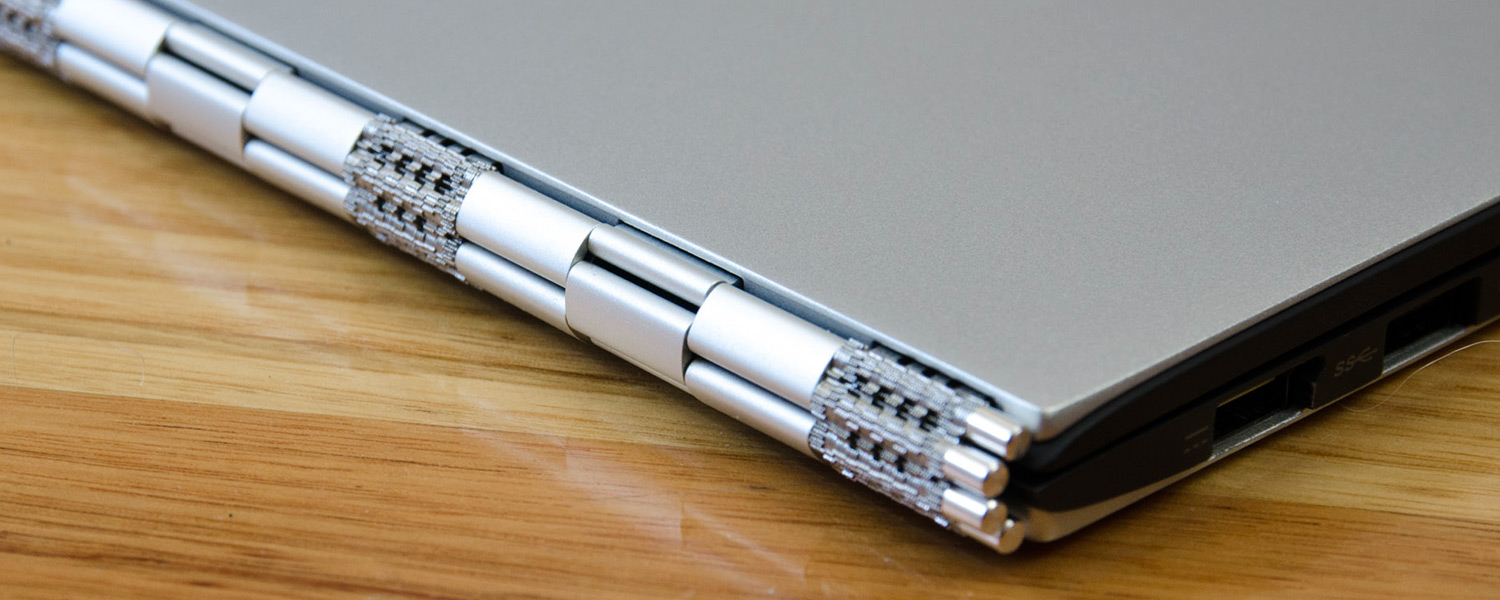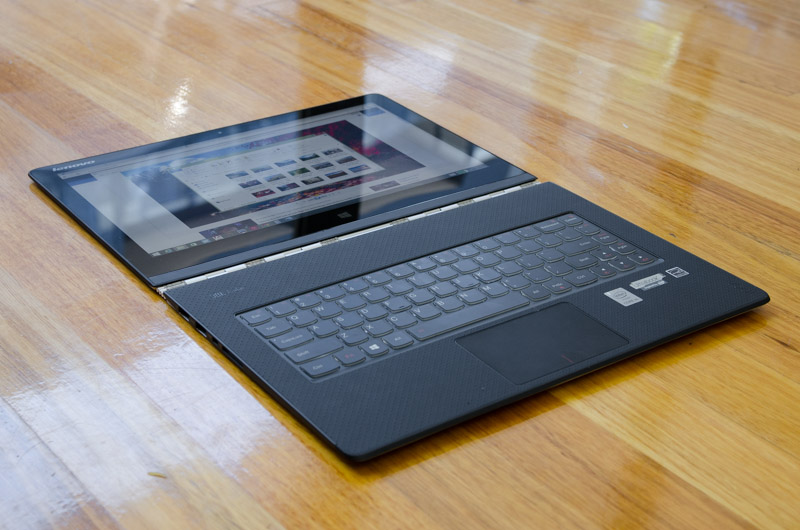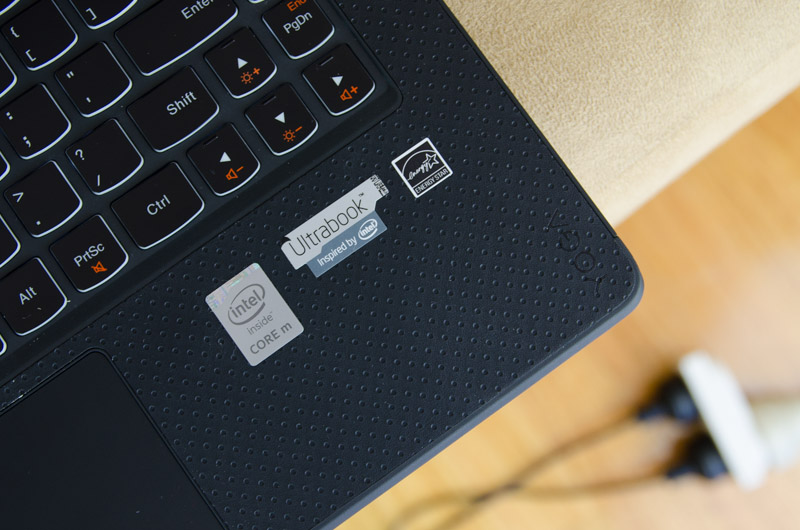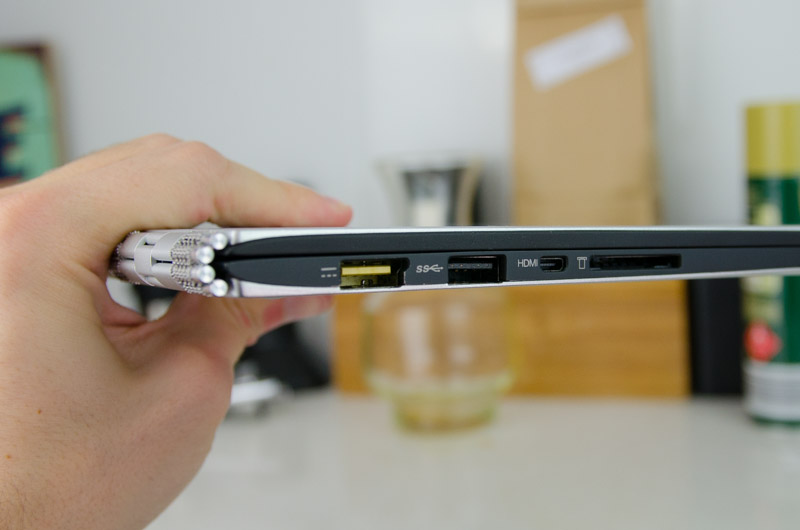I'm currently in the market for a new laptop. My old 15.6-inch Acer is slow, way too cumbersome for travelling, and has mediocre battery life. When I bought it I thought I wanted a machine that was a decent replacement for my desktop away from home, but after a few years of usage what I actually want is an Ultrabook.
Lenovo's Yoga series is one of the most highly regarded line of thin and light laptops on the market at the moment. Not only are they stylish and portable, the multi-mode design allows it to act as a tablet in one moment and a laptop in the next. Sure, they're not meant for heavy gaming or video editing, but they are a great option for day to day usage.
The highest end model in the Yoga line is the Lenovo Yoga 3 Pro, the laptop I've been using over the past couple of weeks. It features an aluminium body with an intriguing watchband hinge, a high resolution display, and a bleeding edge Core M processor that promises decent performance with lower power consumption. At least on paper it ticks all the right boxes.
Lenovo Yoga 3 Pro - $1,199
- 13.3" 3200 x 1800 IPS LCD Multi-touch
- 1.1GHz Intel Core M-5Y70
- 8GB DDR3L 1,600 MHz RAM
- Intel HD Graphics 5300
- 256GB SSD
- 2 USB 3.0, 1 DC-in with USB 2.0, micro-HDMI out
- 4-in-1 card reader (SD, MMC, SDXC, SDHC)
- Wi-Fi a/b/g/n/ac
- Windows 8.1 64-bit
- Built-in 720p webcam
- 2.6 lbs, 13" x 9" x 0.5" inches
When I first took the Yoga 3 Pro out of its surprisingly nice packaging, the first thing that struck me is how thin and light the machine was.
The 13.3-inch frame is 14mm at its thickest point, and 1.19kg heavy, making it both thinner and lighter than the MacBook Air. It's also a decent reduction on the last-gen Yoga 2 Pro, which came in at 15.5mm thick and 1.39kg.
The slimmer and lighter frame makes the Yoga 3 Pro one of the most portable laptops I've used. Slide it into a bag alongside some documents and other items and you'll barely feel like it's there. Transporting it from place to place in one hand doesn't feel cumbersome at all, which is something I can't say for too many laptops. The reduced weight also makes the tablet mode handier, though the device's size means it still requires two hands in most situations.
The outside shell of the Yoga 3 Pro is made from aluminium, which is the perfect material for a laptop of this class. It's similar to what you'll find on a MacBook but the Yoga certainly has got it's own style going.
While an aluminium unibody shell would have made the Yoga 3 Pro more stylish overall, what Lenovo has used around the keyboard is more functional. The textured plastic is a better palm rest while typing, as it's slightly softer to touch and distributes heat to your hands less easily. The black material also complements the Gorilla Glass display and it's slim plastic edge well, although a number of small seams around the body prevents it from being truly cohesive.
But the highlight of the Yoga 3 Pro's body is the watchband hinge that's made from 813 pieces of aluminium and steel. The reinvented hinge allows the Yoga to be slimmer than before, while still keeping its strength in all use cases. You can easily bend the device into a number of positions, and the hinge stays in place without any sort of clicking or latching. It's pretty much the ideal sort of design for a laptop like this, keeping to its flexible 'Yoga' name.
The watchband strap also looks great, adding a bit of flare when the device is open or shut. Not everyone will share the same opinion – some people I showed it to said it looked a bit busy. In some respects this is true, as the stronger mesh-like sections made of many small pieces look somewhat out of place, but overall I like the wachband hinge, especially as it's unique.
Lenovo uses an island-style keyboard on the Yoga 3 Pro with a standard layout sans-numpad and a few orange function highlights. The flat, smooth trackpad is centered directly below the keyboard, making it easy to operate. Both the keyboard and trackpad are indented into the Yoga's body so they don't scratch the display.
As for the display, it sits in the center of a black Gorilla Glass area, above a finicky Windows button. The bezels are a little on the large size for a laptop, but this assists with usage when the device is in tablet mode. Above the display is a 720p webcam of mediocre quality, as you would expect from such a small sensor.
All the Yoga 3 Pro's ports are found on the left and right sides. On the left, you'll find the yellow-highlighted USB port that also doubles as the charging port. By connecting the modified USB cable from the included USB charger to the special port, the laptop begins to charge. When the Yoga isn't being charged at 20V, you can use the included charger to charge a smartphone at standard 5V USB output, which is a neat feature.
Aside from the USB charging port, on the left side you get a second USB 3.0 port, a micro-HDMI port and SD card slot. The right side features the third USB port, single audio jack, volume buttons that are most useful in tablet mode, screen rotation lock, reset button and power button. Considering the limited space on the wedge-style edges, Lenovo has done pretty well to cram in pretty much every port you'd want on a laptop (although two audio jacks would be nice).
The speakers found on the Lenovo Yoga 3 Pro are located on the bottom edge towards the front, and although they are JBL enhanced, they're not particularly excellent. The quality is okay, but they're still fairly tinny and don't go as loud as I would like. Ideally they'd be located above the keyboard as well, considering there is ample room for them along that panel.
Although the 4.5W Core M-5Y70 in the Yoga 3 Pro is designed for fanless systems, this particular laptop still includes a very small fan to prevent the thin, metallic body from getting too hot. It's very quiet and hard to notice when it's operating, but if you look closely the fan both intakes and exhausts from the right-hand side of the top edge just slightly above the watchband hinge. Intel was hoping their Broadwell processors would facilitate fanless designs, though Lenovo's thermal design is clearly not ready for this just yet.









